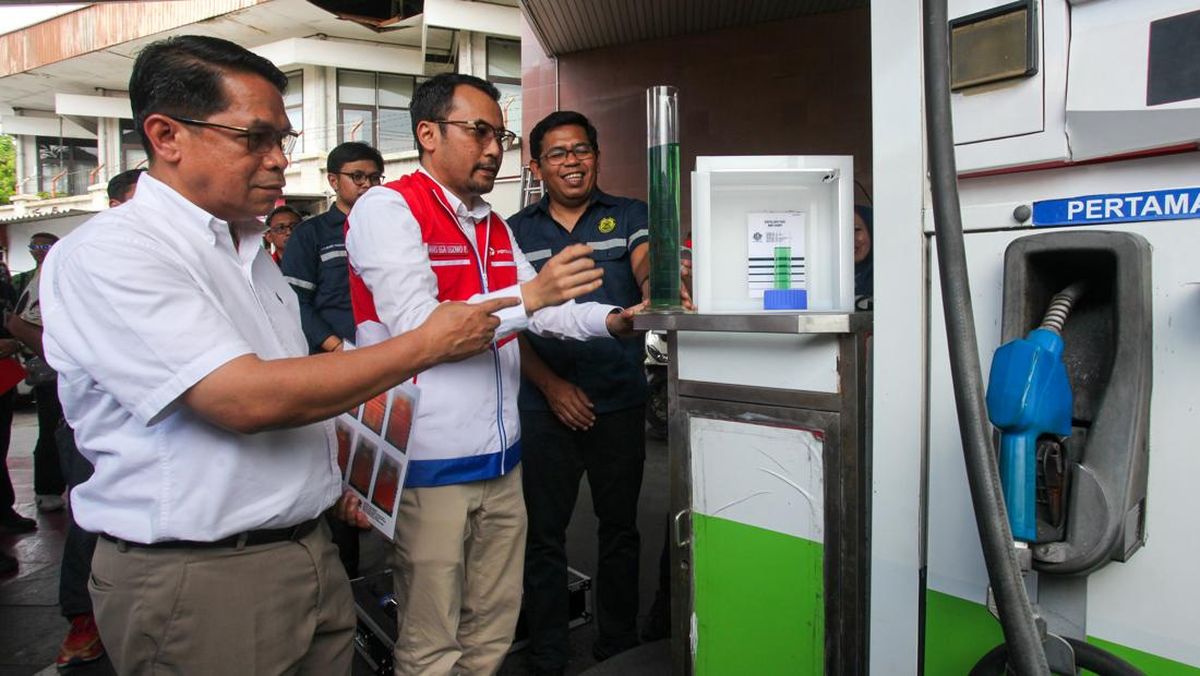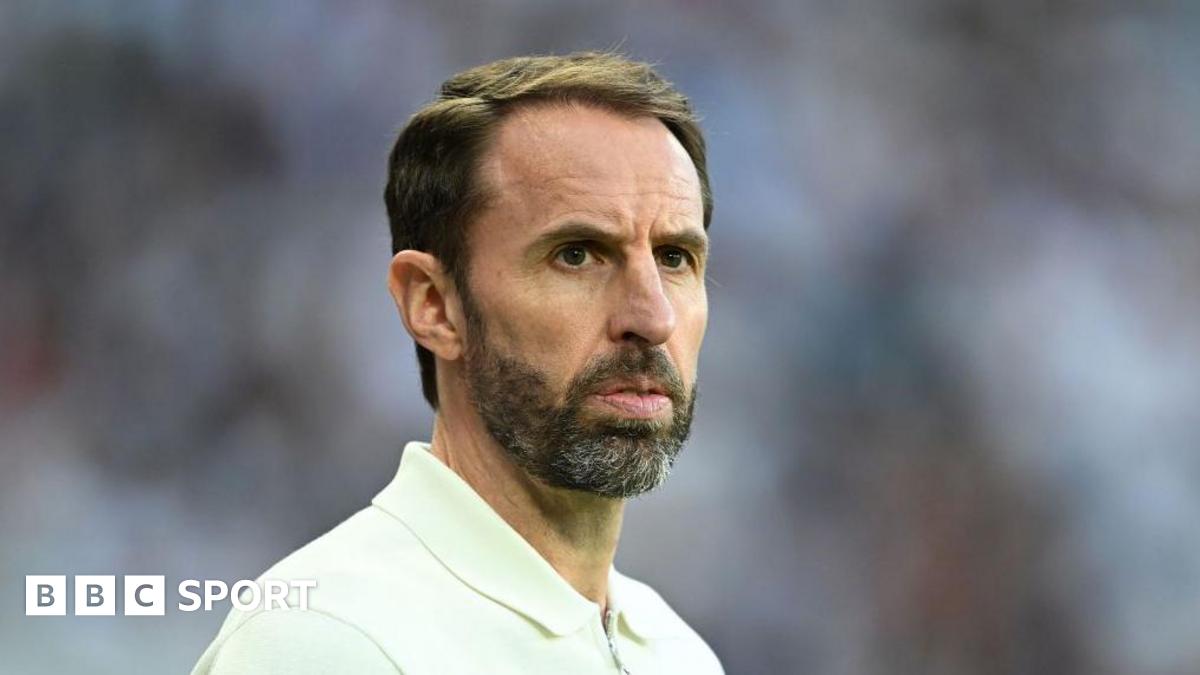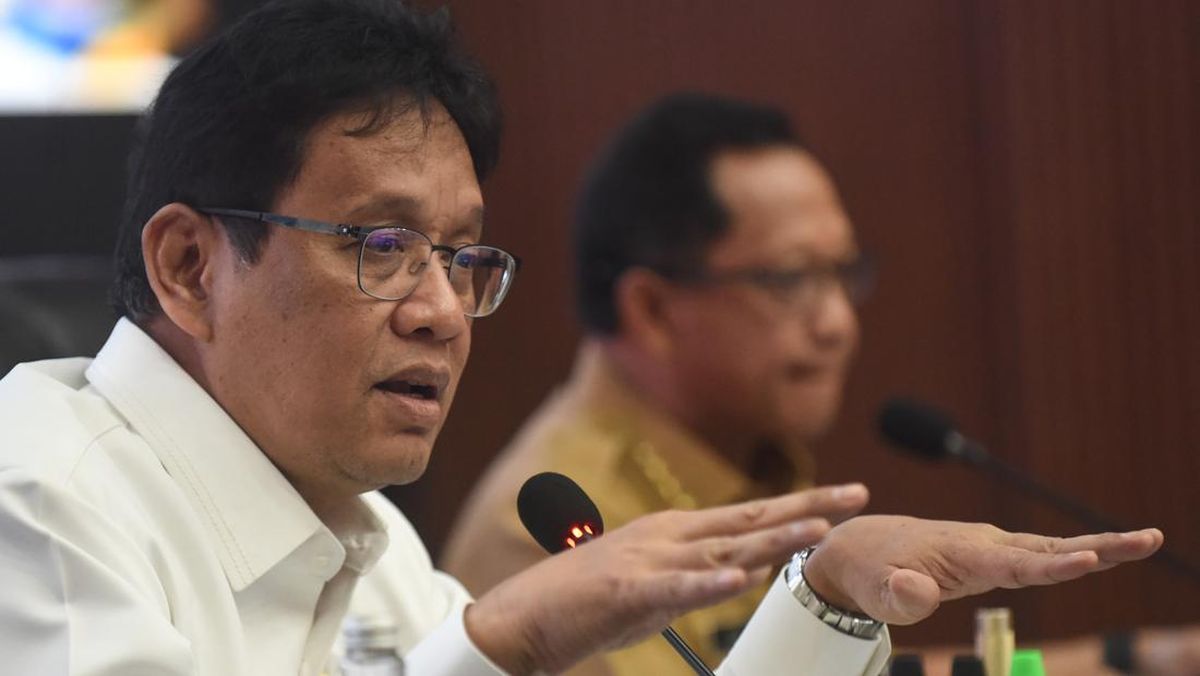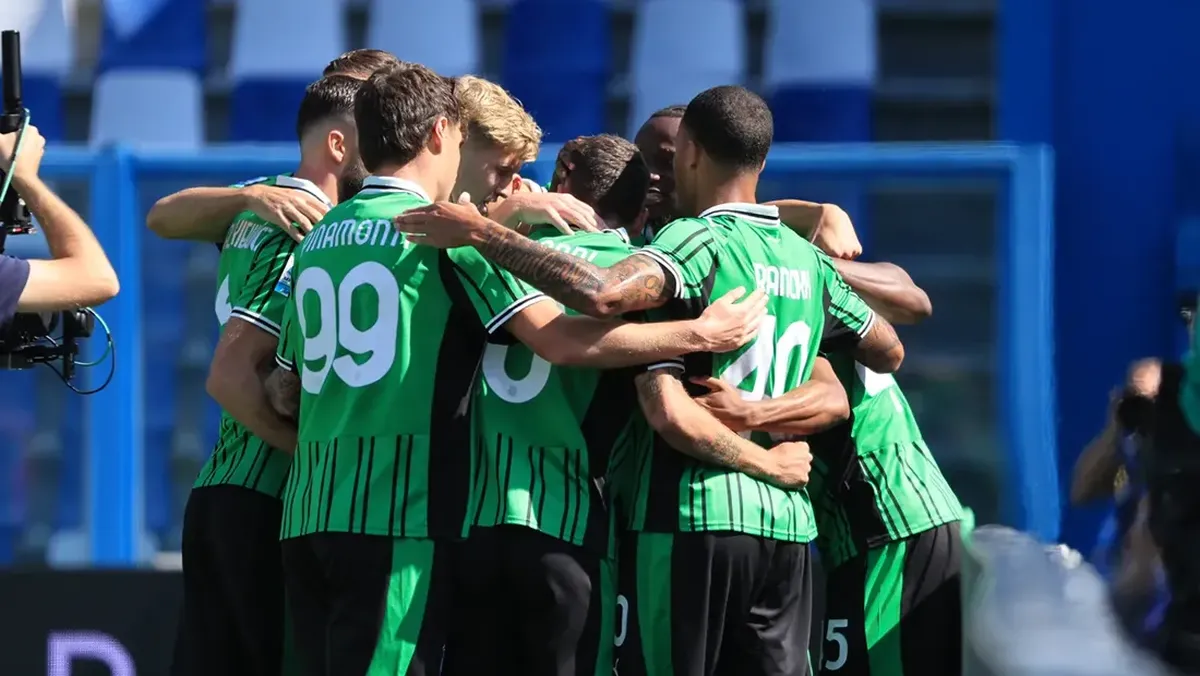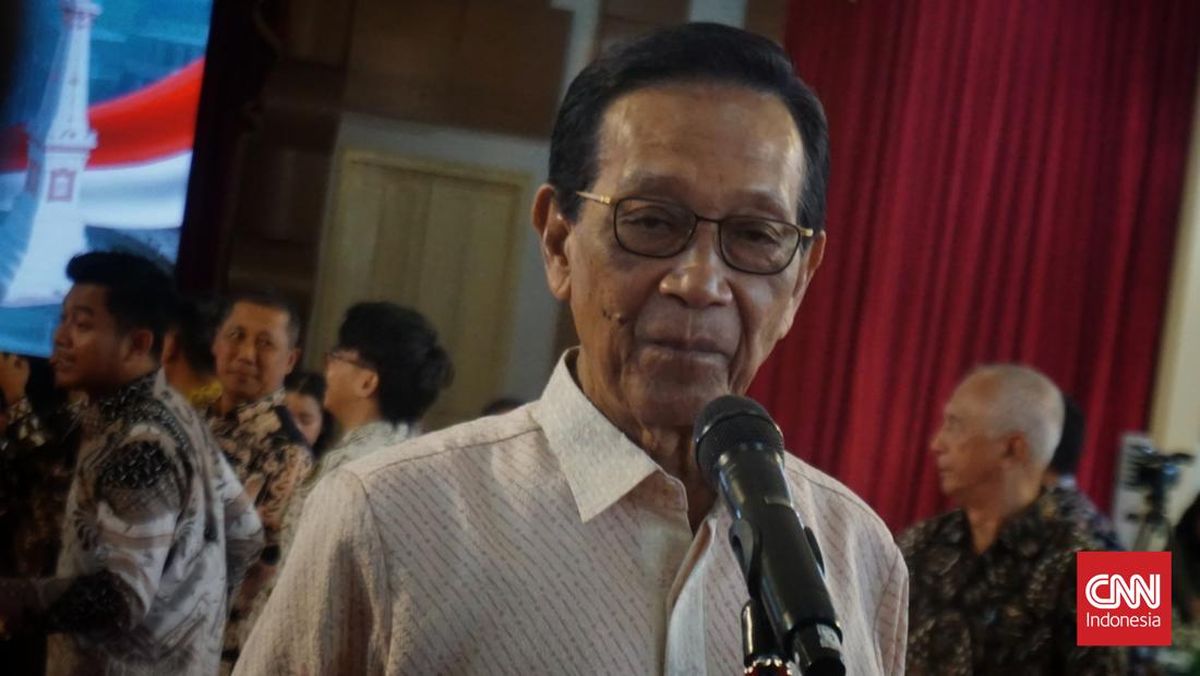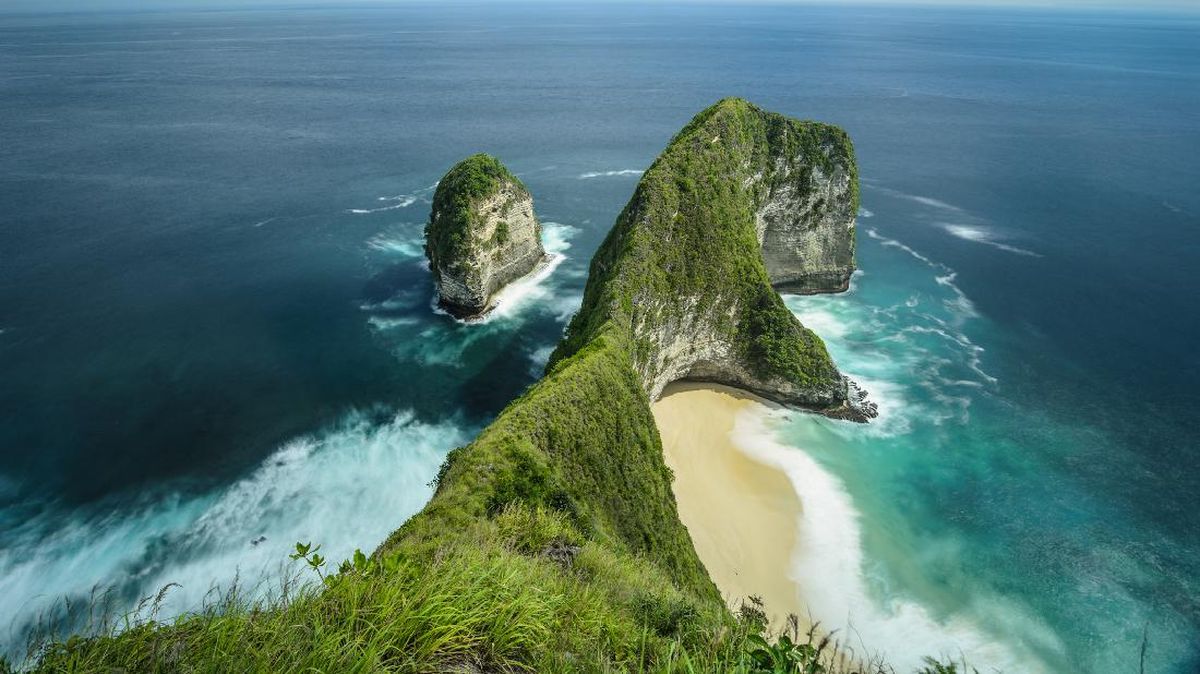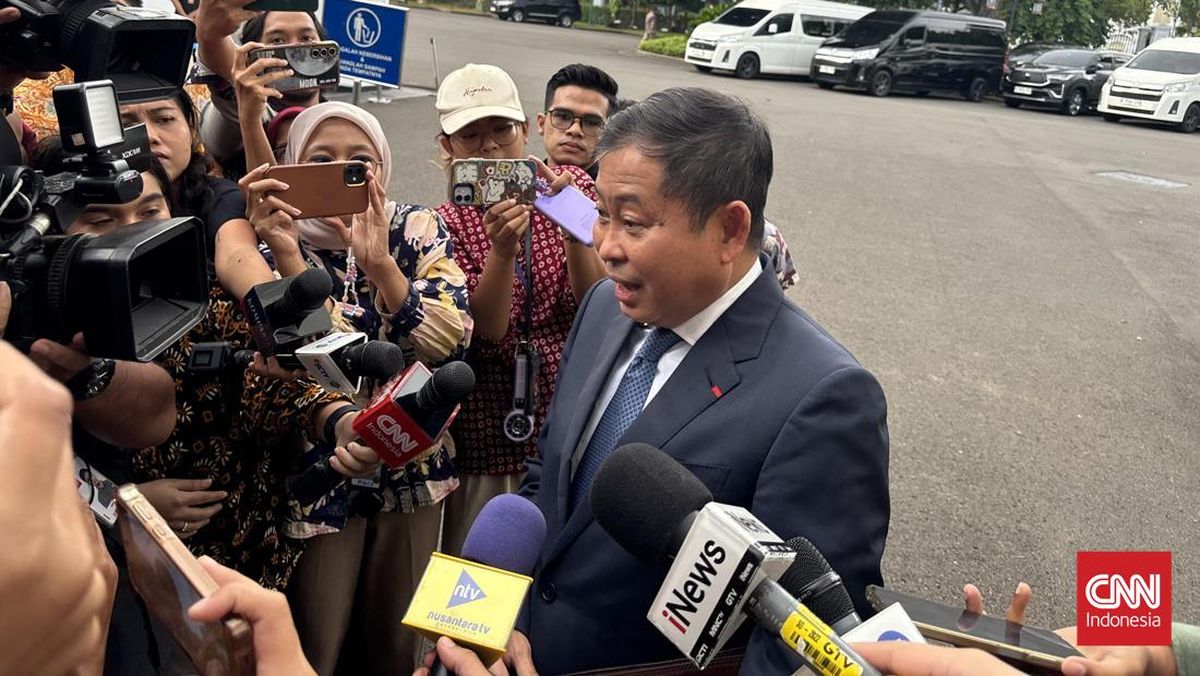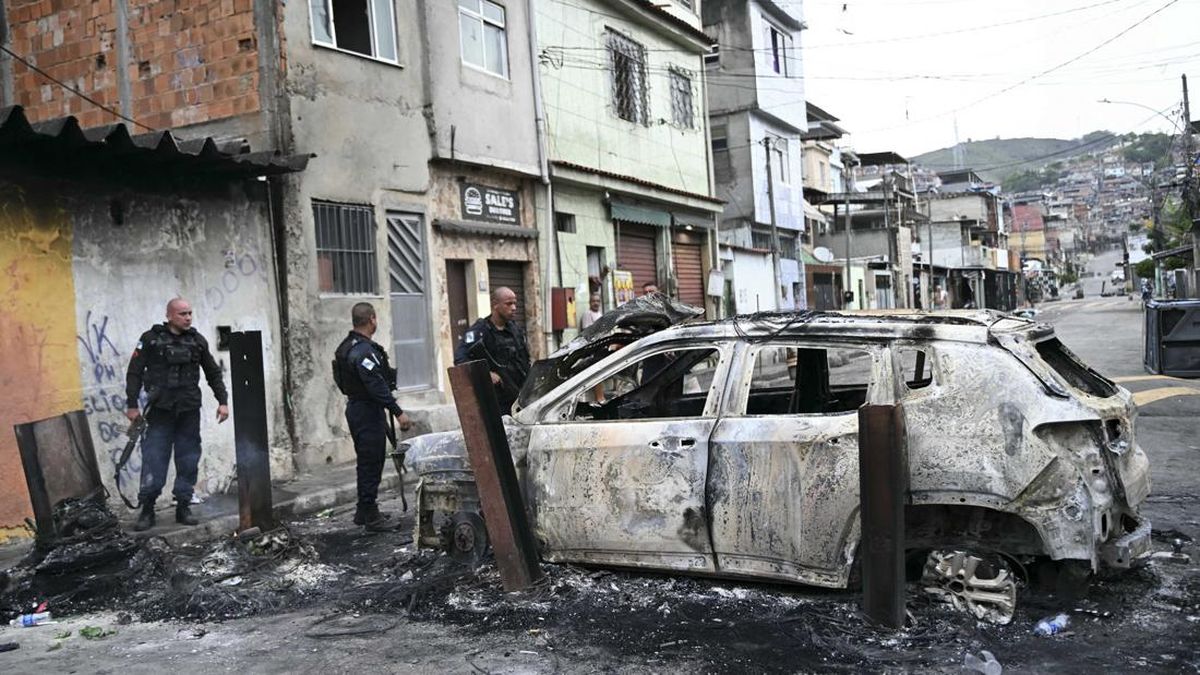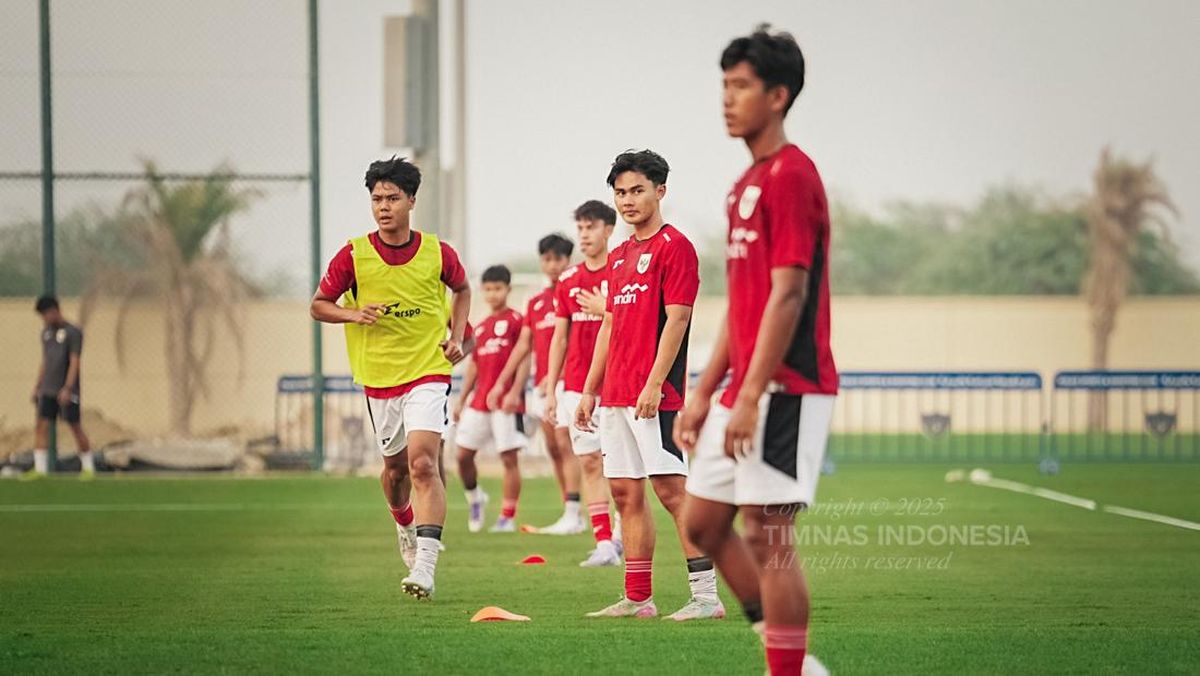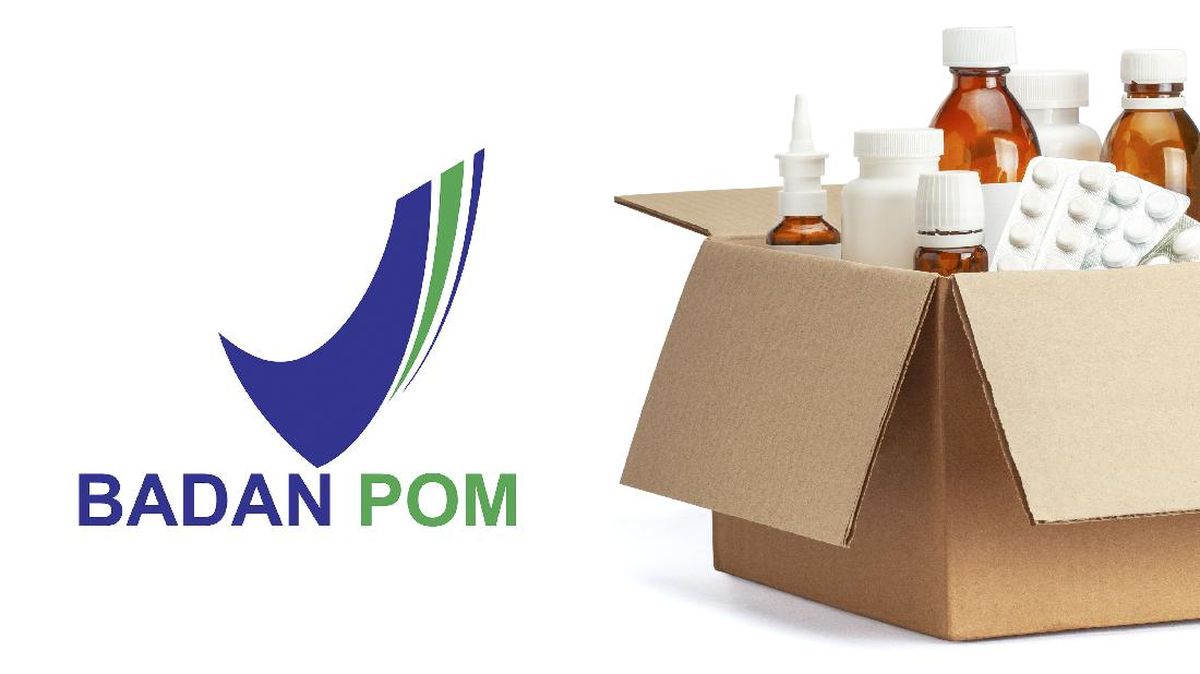Boys have occupied more than half of the prized places at Melbourne’s two co-educational select-entry schools since 2014 – a stubborn trend that could be fixed with quotas, according to renowned scientist Suzanne Cory.
Suzanne Cory High School, named after the Melbourne molecular biologist, is one of two Victorian select-entry co-educational schools. Of the 924 students at the Werribee school last year, 46 per cent were girls.

Nossal High School student Shishira Chakravartula and her mother, Anusha Srinivasan.Credit: Luis Enrique Ascui
It’s a similar story at the state’s other co-educational select-entry school, Nossal High School, where 43 per cent of the Berwick school’s 828 students last year were girls.
Cory, the first female president of the Australian Academy of Science, said all students would benefit from an academically selective system with an equal proportion of girls and boys.
She said allocating an equal number of places would benefit girls’ confidence and boys’ social maturity, and prepare all students for life beyond the school gates.
“They motivate each other at all levels, intellectual and social,” Cory said.

Suzanne Cory says boys and girls would benefit equally from gender-balanced schools.Credit: Rodger Cummins
Last month, the NSW government announced an equal number of places would be offered to girls and boys in the state’s selective schools from 2027.
The gender mix in NSW’s 51 select-entry high schools is 58 per cent boys and 42 per cent girls.
In Victoria, the proportion of girls enrolling at the state’s two co-educational selective schools dropped from a combined 46 per cent in 2014 to 44 per cent last year. The lowest point in the past five years was in 2023, when 42 per cent of students at the two schools were girls.
When year 10 student Shishira Chakravartula joined Nossal High School last year, she was in the minority. However, she said she never felt outnumbered.
“Because we all did the [entrance] exam, it felt more like we came in as equals,” she said.
Her mother, Anusha Srinivasan, said she felt Shishira had gained confidence since moving to Nossal.
Sarah Ghumman, 18, graduated from Suzanne Cory High year. She said while she didn’t notice the gender disparity, she supported quotas.
“Each gender can learn something off the other and respect each other,” she said.
The Education Department did not answer questions on whether quotas would be considered, but said the gender imbalance was due to the state system’s five all-girls’ schools drawing girls away from the co-ed selective schools.
“[This impacts] their ability to maintain gender balance,” a department spokesperson said.
A report into gender equity in selective schools, commissioned by the state government in 2022, found safety concerns and travelling long distances were the main barriers, with parents more likely to worry about girls’ long commutes than boys.
Emily Gray, a co-author of the report, said the value girls placed on friendship groups appeared to inform a reluctance to move to a new school.
Suzanne Cory and Nossal high schools start in year 9 when students are aged 15 and 16.
Tutor Sophia Ao, a graduate of Mac.Robertson Girls’ High School, said the outer suburban locations of Nossal High and Suzanne Cory High might deter some families.
“Students start this commute in year 9, at only 14 years old, and that can definitely be a concern for parents, especially parents of girls,” she said. “A long commute can also be stressful, particularly in the VCE years.”
Gray said schools’ over-reliance on STEM subjects as a measure of academic ability also likely played a role in girls’ under-representation.
“If girls are not being recognised as excelling in STEM [science, technology, engineering and mathematics], they may not be identified as a candidate for a select entry school,” she said.
Dr Matthew White, an expert in inclusive education at Australian Catholic University, agreed.

Mac.Robertson Girls’ High School is one of five all-girl select-entry state high schools in Victoria.Credit: Danie Sprague
He said the entrance exam was traditionally weighted towards science and maths at the expense of humanities subjects, which girls often performed better in.
But White said imposing quotas would be a quick fix to a complex issue.
He said schools should identify gifted students in junior years and provide extension opportunities, particularly for girls in STEM.
Loading
“If they’re not nurtured then they won’t have an opportunity to put in an application and go and sit an entrance exam,” he said.
At John Monash Science School, a specialist selective school in Clayton, the proportion of girls fell from 49 per cent in 2020 to 45 per cent last year.
The number of places available at Melbourne High School, an all-boys’ selective school in South Yarra, has consistently outstripped the number of places available at Mac.Robertson, the all-girls’ selective school in Melbourne.
In 2018, the Victorian government allocated $500,000 to tackle the imbalance, which amounted to a difference of almost 500 places in 2017. Among the measures was to increase the capacity at Mac.Robertson.
Last year, the difference was 196 places compared with 375 places five years earlier.
Start the day with a summary of the day’s most important and interesting stories, analysis and insights. Sign up for our Morning Edition newsletter.
Most Viewed in National
Loading

